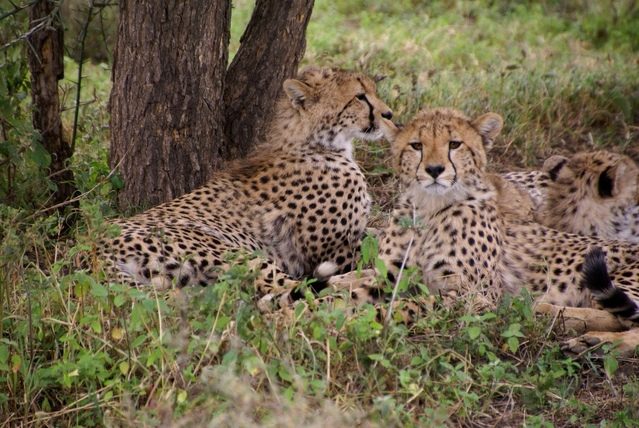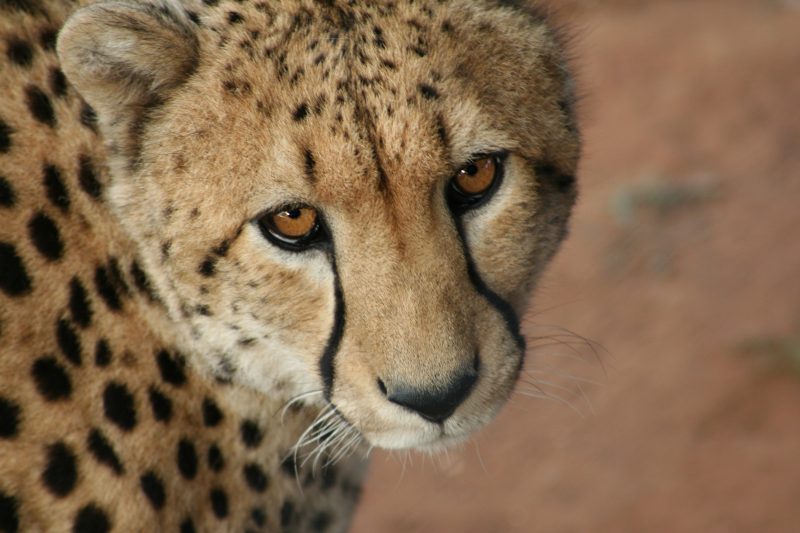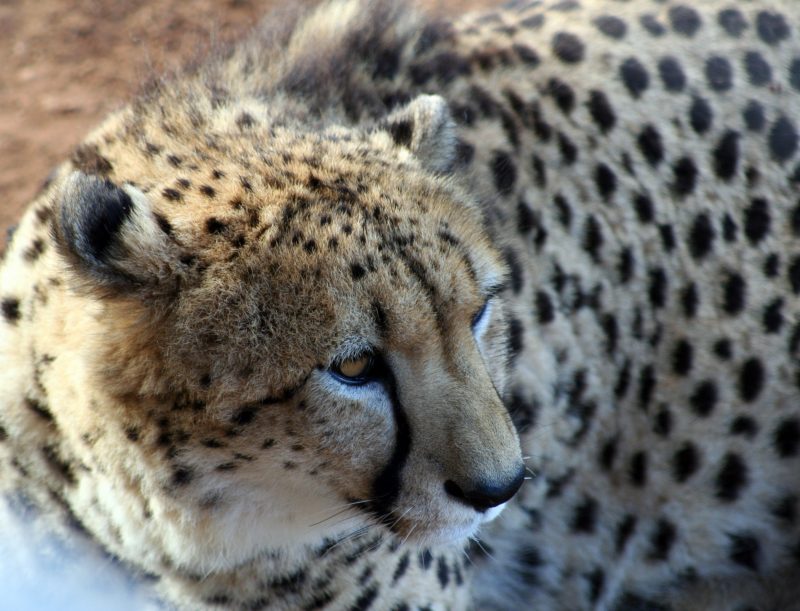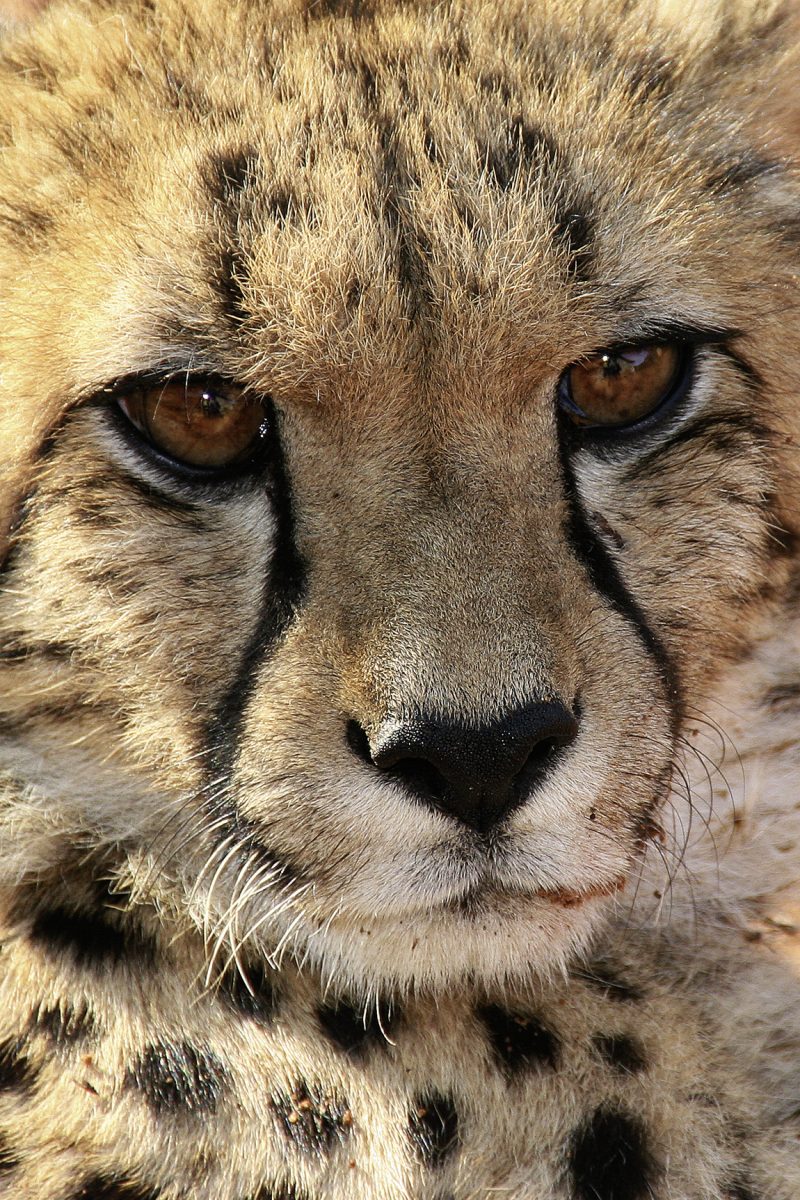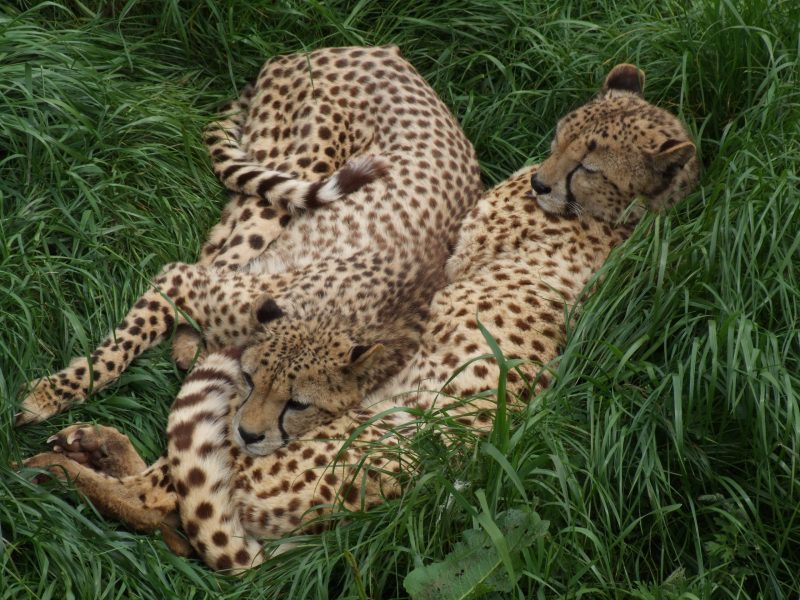The Cheetah Conservation Projects In Kenya
The global cheetah population has declined over the past century by 90% to 7,500. However, this number was simply a guess. The recent estimate puts the number at 6,600. During the last 18 years alone the numbers have plummeted by 30%. Occupying only 17% of their historic range, they are now extinct in 20 countries. In Kenya, there are only about 1,500 cheetahs. But a new study has found that this number is actually lower than previously thought. Even worse, the population will continue to decline.
Fighting for survival
Of all the countries that cheetahs occur across Africa, two areas are of particular significance. They are southern Africa – Botswana, Namibia and South Africa – and East Africa – Kenya and Tanzania. In Kenya, the feral cats face a kaleidoscope of threats due to increasing impact of anthropogenic factors such as the illegal trade of wildlife and decline in prey base. Natural habitat loss and fragmentation also affect their existence. But the gravest threat to cheetahs is the conflict with humans.
Skirmish with people
Growth in the human population in Kenya has increased the need for space and land, leading to conflict as the cats need very large home-ranges. With the human-wildlife interface there comes an increased risk of disease from the domestic animals.
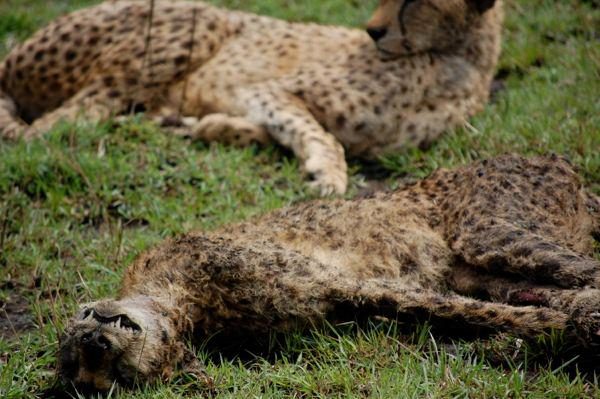
In Maasai Mara, 12.5% of cheetahs have contracted sarcoptic mange, a skin disease similar to human scabies that is caused by the Sarcoptes mite Source: SafariTalk
Sarcoptic Mange malady
In Maasai Mara, 12.5% of cheetahs have contracted sarcoptic mange, a skin disease similar to human scabies that is caused by the Sarcoptes mite. The disease leads to weakness and weight loss, resulting in lower fertility rates and hunting success increasing their vulnerability to predation. Mange can cause death when severe. Also, human based factors such as mechanized vehicles, rowdy tourists, and livestock can raise stress levels in cheetahs. It can also rise for some other reasons including predation hazard, social circumstances and competition. Elevated stress levels can reduce immunity, making them more disposed to contracting the disease. Stress can also have grave consequences on reproductive and behavior success. All these factors have a direct and indirect influence on the survival of cheetah.
Conservation projects
Throughout the range of cheetahs, projects are working to conserve these few remaining beautiful creatures. Mara Cheetah Project and Cheetah Conservation Fund are the two cheetah conservation projects in Kenya.
Mara cheetah project
The majority of the efforts and research published on the cheetahs comes from Namibia, Tanzania, and Botswana. Kenya has only published two peer-reviewed research about cheetahs. Hence, in-depth information about these animals in the country is very scant. As a consequence, a team of scientists at the University of Oxford, the Kenya Wildlife Trust and the Indian Statistical Institute formed a new initiative called the Mara Cheetah Project to address the problem. Its objective is to identify the threats faced by cheetahs in the Mara, establish the number of cheetahs and, where possible, mitigate the risks. The project uses a research-driven conservation approach. It relies on a combination of ecological research, long-term population monitoring and community-based conservation. Based on these, the two areas of study – Mara, and Meru – experience various types of anthropogenic influences.
Maasai Mara Reserve
The Maasai Mara National Reserve towards the south west of the country is one of the most favorite tourist destination with high tourist activity and no livestock grazing. It boasts abundant vast plains and wildlife. It is also famous for its high densities of predators and annual wildebeest migration.
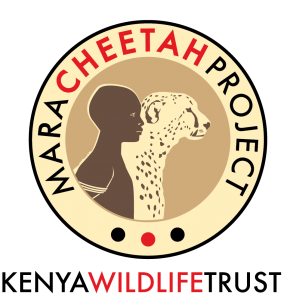 The project team extensively covered the Mara National Reserve and surrounding wildlife conservancies during a three-month period. Each cheetah has a unique coat pattern just like the human fingerprint, which is used to identify the animals. The team photographed each cheetah based on its coat pattern and collected data, which were then analyzed using a statistical model. This technique is stronger than all other previous methods used. It enabled the team to monitor and count the cheetah population in the Mara effectively. The study showed that there is an average of 30 adult cheetahs in the Maasai Mara. The system also helped assess potential conservation interventions and determined the magnitude of any pressures. As a result, they were able to alleviate some of the survival risks. Education, capacity building, and community involvement are central to the conservation efforts of the Mara cheetah project.
The project team extensively covered the Mara National Reserve and surrounding wildlife conservancies during a three-month period. Each cheetah has a unique coat pattern just like the human fingerprint, which is used to identify the animals. The team photographed each cheetah based on its coat pattern and collected data, which were then analyzed using a statistical model. This technique is stronger than all other previous methods used. It enabled the team to monitor and count the cheetah population in the Mara effectively. The study showed that there is an average of 30 adult cheetahs in the Maasai Mara. The system also helped assess potential conservation interventions and determined the magnitude of any pressures. As a result, they were able to alleviate some of the survival risks. Education, capacity building, and community involvement are central to the conservation efforts of the Mara cheetah project.
Meru Conservation Area
The Meru Conservation area, on the other hand, is one of the remaining true wilderness regions in Kenya with little tourist visitation and high grazing. It is a mosaic of geomorphologic landscapes characterized by varying vegetation cover including Acacia wooded grassland, shrub land, bushland and riverine forests as well as overlapping climatic zones.
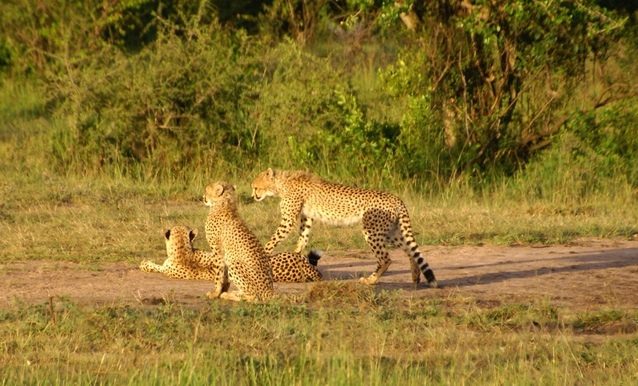
The very few cheetahs in the dense vegetation in Meru demonstrate behavioral and ecological flexibility
The very few cheetahs in the dense vegetation in Meru demonstrate behavioral and ecological flexibility. For example, for small animals such as tree hyrax, dik-dik and velvet monkey they use “leopard-style” hunting, whereas for slower and bigger prey they employ group hunting techniques. The project team observes and tests stress hormone levels from fecal, tissue and blood samples of cheetahs in Meru. Such data allows the project to determine parameters such as the number of births and deaths, densities, disease prevalence and ranging behavior. With these facts, the team can provide more information on their survival strategy in the thick vegetation as well as in varying ecological conditions.
Community based awareness
In 1990, Dr. Laurie Marker founded the Cheetah conservation fund to save the cheetahs in the world. The organization has created a set of integrated programs using its research as an underpinning aimed at addressing the threats not only to the cheetah and its ecosystem but also to the human populations. The programs are rooted in scientific research papers on the biology, genetics, and ecology of cheetahs that are published in journals annually. The conservation fund organization operates the only fully-equipped lab at a facility in Africa. It operates from the belief that only by securing the community’s future that lives alongside the animal can you protect a future for the cheetah.
5 Frequently Asked Questions About Cheetah Conservation Project
To receive a colourful digibook about cheetah with videos, images and text, please fill out the following form or simply email us on safaris@safari-center.com

